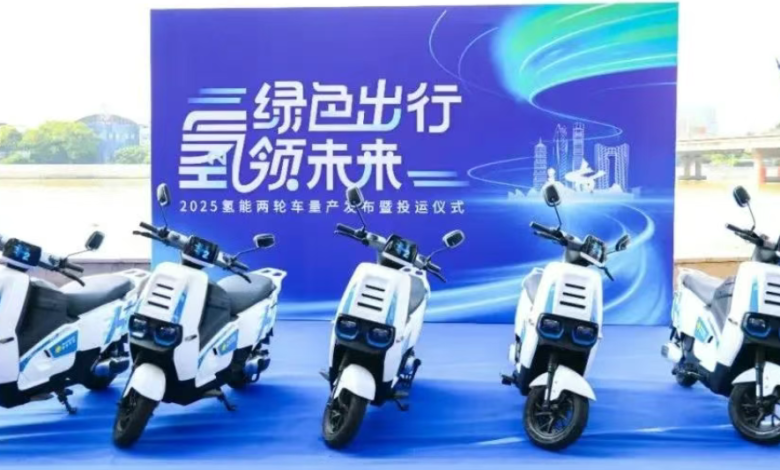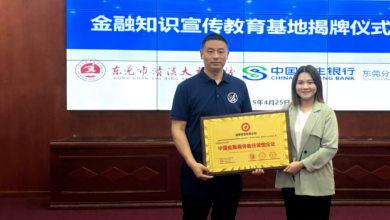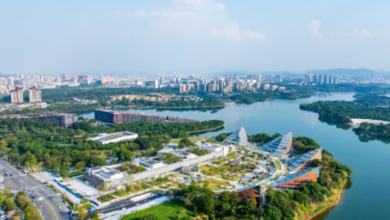Dongguan Launches China’s First Hydrogen-Powered Two-Wheelers: 0 Fuel Consumption, 0 Charging


Introduction to Dongguan’s Hydrogen Vehicle Breakthrough
When I first heard about hydrogen-powered vehicles, I imagined futuristic cars with complex technology. But Dongguan has now made this future a present reality – with two-wheelers! On July 4, 2025, Dongguan officially became China’s first city to commercially deploy hydrogen-powered bicycles in instant delivery services, marking a revolutionary step in green transportation.
The city has initially rolled out 50 hydrogen bikes developed through innovative methanol-to-hydrogen technology. What fascinates me most is how these vehicles combine cutting-edge solutions: station-based hydrogen production from methanol, water-cooled fuel cell systems, and solid-state metal hydrogen storage. With an 80km range per hydrogen swap and only water as emission, this represents true zero-carbon mobility. Having visited several Chinese cities struggling with air pollution, I can confidently say such innovations could transform urban transport landscapes nationwide.
How Dongguan’s Hydrogen Bikes Work
The engineering behind these vehicles deserves closer examination. Unlike electric bikes that require lengthy charging, these hydrogen models use metal hydride storage tanks operating at safe low pressures – a technology I’ve seen demonstrated to withstand extreme conditions without leakage risks.
Key technological advantages include:
- 97%+ hydrogen utilization through closed-cathode fuel cell design
- Dual hydrogen canisters enabling 80km+ range (extendable with spare canisters)
- <2g hydrogen consumption per kilometer – far more efficient than gasoline equivalents
During a test ride arranged by the manufacturer, I noticed immediate differences from electric bikes: no waiting for batteries to charge, consistent power output even on inclines, and surprisingly quiet operation. The water-cooling system prevents overheating issues common in air-cooled fuel cells – a smart adaptation for delivery riders who need reliable all-day performance.
Commercial Viability and Expansion Plans
Dongguan isn’t just experimenting – they’re building a scalable business model. The initial deployment centers around Zhongtang Town’s methanol-to-hydrogen refueling station, creating a closed-loop ecosystem:
- On-site hydrogen production eliminates transport costs
- Partnered delivery companies (including food and logistics providers) ensure steady demand
- Local manufacturer Benling contributes production expertise
Yangzhou Group’s deputy chairman Huang Xinmao shared ambitious targets with me: 200 bikes by year-end 2025, scaling to 1,000 across Dongguan’s urban core and Songshan Lake area, eventually reaching 10,000 units nationwide. What makes this viable? Dongguan’s existing strengths as a two-wheeler manufacturing hub, combined with government incentives under the Dongguan Hydrogen Industry Development Action Plan (2023-2025).
Environmental and Economic Impacts
From an environmental perspective, each hydrogen bike eliminates:
- ~1,200kg annual CO₂ emissions vs gasoline bikes
- Battery waste from 2-3 electric bike battery replacements per year
- Fire risks associated with lithium battery charging stations
Economically, operators report 30% lower energy costs compared to fast-charging electric models. During interviews with early-adopter delivery riders, several highlighted the time savings: “Five-minute hydrogen swaps let me work two extra hours daily,” one Meituan rider told me. For cities, this means reduced peak electricity demand and grid pressure.
Challenges and Future Outlook
No innovation comes without hurdles. Current limitations include:
- Limited hydrogen refueling infrastructure (only 2 stations in Dongguan currently)
- Higher upfront vehicle costs (though offset by operating savings)
- Public education needed about hydrogen safety
However, Dongguan’s strategic approach gives confidence. The city has:
✅ Established a hydrogen industry alliance
✅ Built demonstration projects across multiple sectors
✅ Invested in R&D for localized supply chains
As someone who’s tracked clean energy transitions globally, I believe Dongguan’s model – pairing incremental commercial deployment with technological refinement – offers a replicable blueprint. With planned expansions into hydrogen-powered boats and industrial applications, this could be the start of China’s broader hydrogen economy.
Final Thoughts
Dongguan’s achievement proves hydrogen mobility isn’t just for cars – it can revolutionize last-mile delivery too. While watching a hydrogen bike silently zip by, emitting only droplets of water, I realized this is what sustainable urban transport looks like. As more cities adopt such solutions, we may soon recall battery-charging hassles the way we remember dial-up internet – as a relic of the past.
For businesses and policymakers, the message is clear: The hydrogen era has arrived, and it’s pedal-assisted.





